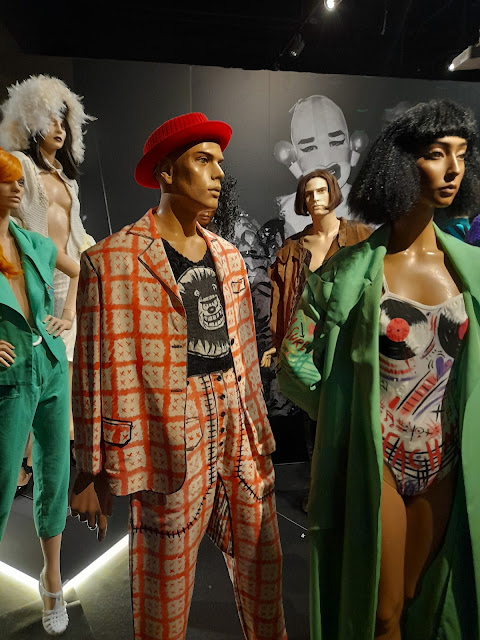Recently watched: The Only Game in Town (1970). Tagline: “Dice was his vice. Men hers.”
/ Pictured: George Stevens and Elizabeth Taylor during production of The Only Game in Town /
Director George Stevens and leading lady Elizabeth Taylor triumphed collaborating on A Place in the Sun (1951) and Giant (1956). Far less well-remembered is this downbeat Las Vegas-set character study about two losers tentatively embarking on a love affair. I say “losers” – the two main characters are portrayed by ultra-glamorous and photogenic international movie stars Taylor and Warren Beatty. Joe Grady (Beatty) is a jaded lounge pianist saddled with crippling gambling debts. (The role was originally intended for Frank Sinatra). Fran Walker (Taylor) is a chorus girl who’s been waiting for her wealthy married business executive lover to leave his wife for the past five years. (To establish that Fran is a showgirl, Stevens clumsily splices fleeting close-ups of Taylor in sequins “dancing” into long shots of a huge lavish production number. It is unintentionally hilarious). Both yearn to leave Vegas and start over.
/ Above: the leading man and leading lady of The Only Game in Town /
(An aside: if you do any researching on Game, you’ll
frequently see Fran described as an “ageing showgirl”. Taylor would be only 36
years old here! Thank God the parameters of “ageing” have changed over the
years. But in this regard, Game has thematic parallels with the 1973
made-for-TV Kim Novak movie Third Girl from the Left and, more recently, The
Last Showgirl (2024) starring Pamela Anderson).
Fascinatingly, the budget for this small-scale and intimate comedy-drama promptly spiraled to $11 million. Game was made when Taylor and then-husband Burton – as author Lee Server wrote – were at “their jet-setting, conspicuously consuming, bad-movie-making height.” Taylor was still able to command her mega-star $1.125 million salary and demanded Game be filmed in Paris where Burton was currently making his own flop movie (Staircase (1969)), necessitating the construction of an “ersatz Vegas” on a French sound stage. (I’m hypnotized by the fake rear projection view of the Sahara casino from Fran’s living room window). As Wikipedia concludes: “The Only Game in Town was the second-worst financial failure for Fox, behind Cleopatra, also starring Taylor. Stevens did not direct another film.”
/ Miss Taylor's wigs by Alexandre of Paris! /
Anyway, Game is inconsequential
and wispy but suffused with retro charm (the décor of Fran’s apartment, her
groovy wardrobe of ponchos, muumuus and mini dresses. Taylor’s wild coiffures
and wigs are via Alexandre of Paris). The contrasting acting styles of Taylor
and Beatty is fascinating (he’s only five years younger, but Beatty embodies “New
Hollywood” whereas she’s old-school). The melancholy opening montage of Fran walking
through a seedy neon-lit and deserted (actual) Vegas by night is gorgeous.
Watch The Only Game in Town here:




























































